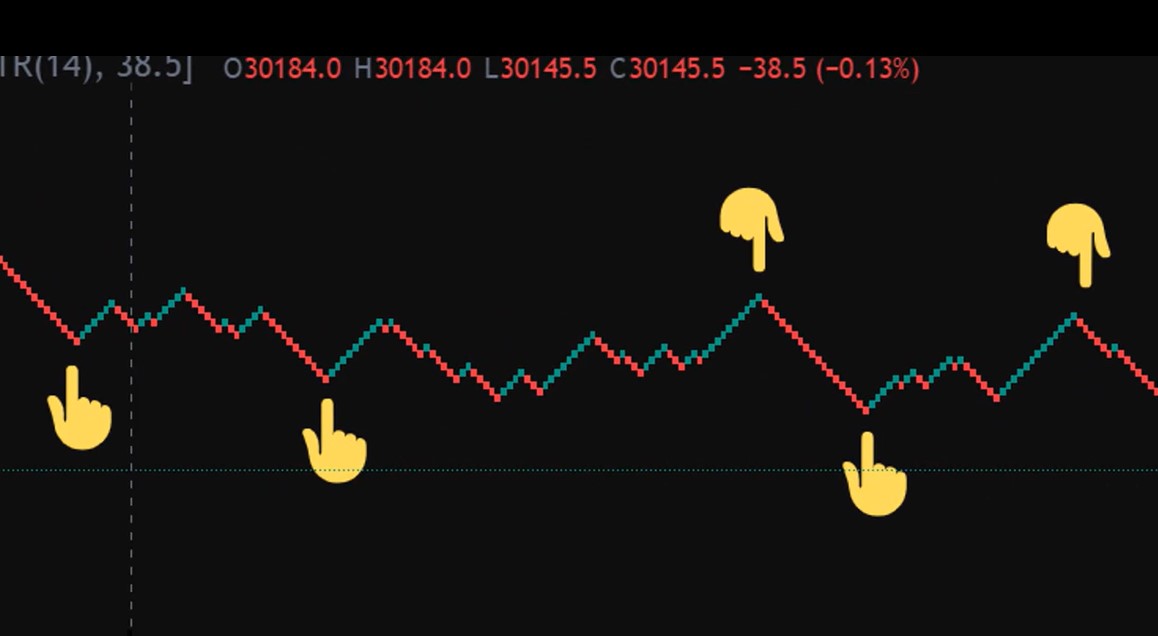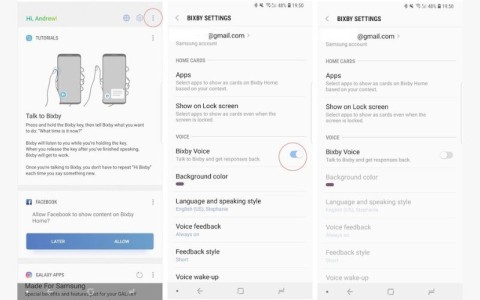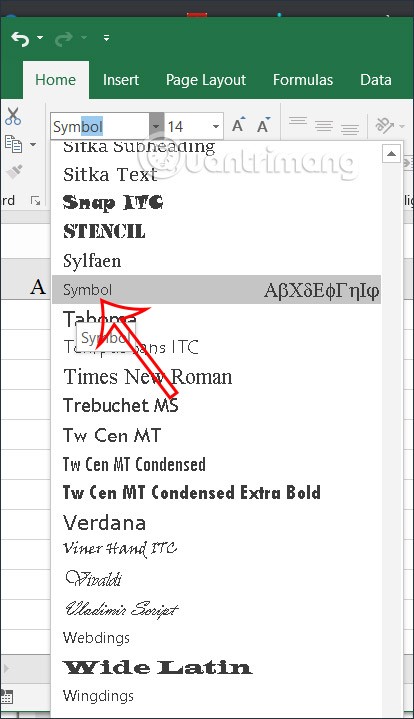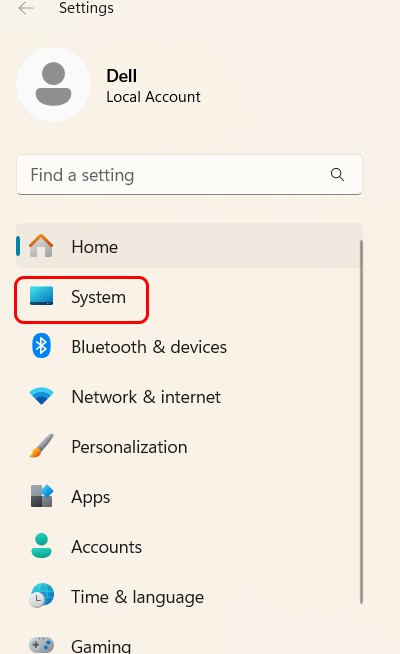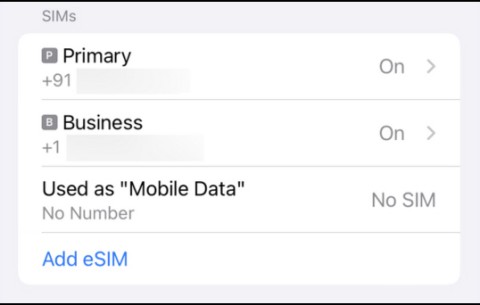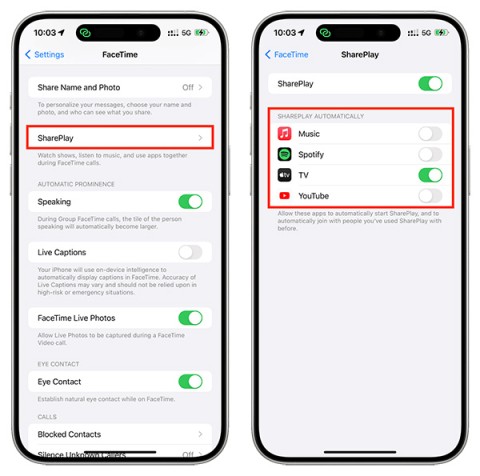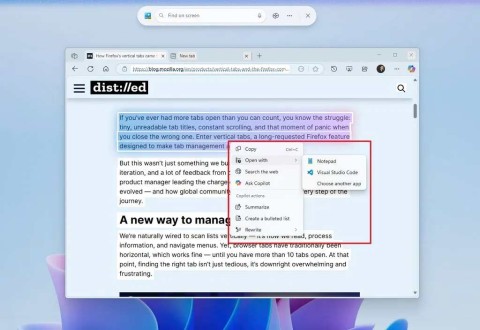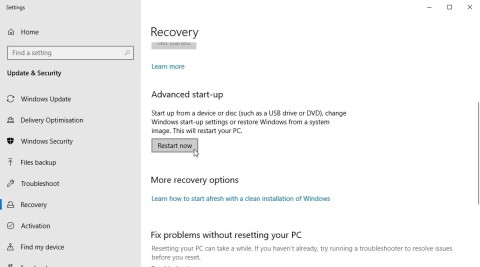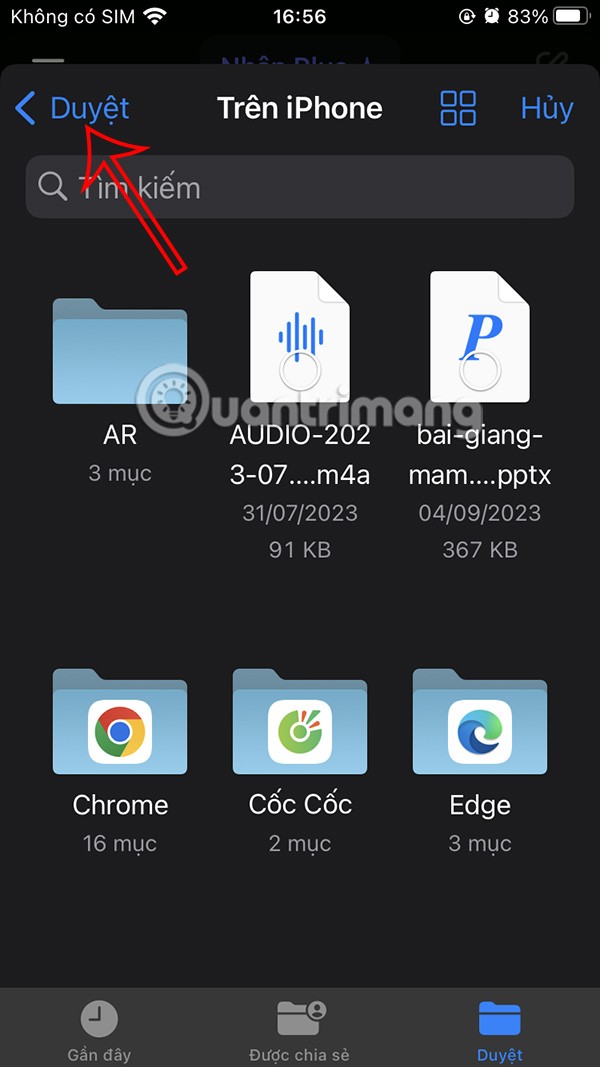Growth doesn’t always look like adding more. Sometimes it looks like cutting away what’s no longer helping. Across industries, a quiet shift is happening among business owners who’ve stopped chasing every new trend, subscription, and “solution” that lands in their inbox. Instead, they’re pruning. They’re choosing calm over chaos, efficiency over endless complexity. And oddly enough, they’re finding that the less they do, the more they actually get done.
The New Definition Of Growth
For years, success meant expansion—more clients, more tools, more meetings, more platforms. But post-pandemic reality has forced entrepreneurs to admit what they already knew: you can’t scale burnout. The founders thriving right now are the ones who’ve redefined what growth even means. They’re not asking how to do more; they’re asking what’s worth doing in the first place.
That mindset shift is showing up everywhere, from small retail brands downsizing their product lines to marketing agencies cutting unnecessary software. The move isn’t about shrinking ambition. It’s about reclaiming focus. When your to-do list becomes a museum of half-baked ideas, nothing moves forward. The smartest leaders are realizing that saying no is sometimes the boldest business decision of all.
Cutting The Noise, Not The Vision
The average small business uses more than twenty digital tools daily. That’s a lot of clicking, logging in, syncing, and inevitably cursing when integrations fail. Simplification doesn’t mean abandoning technology. It means using fewer, better tools that actually serve your day-to-day needs. Many owners have started reassessing where their time and money are going, often uncovering forgotten subscriptions and duplicated systems in the process.
That same clarity applies to finances. Finding loans for a small business shouldn’t feel like navigating a labyrinth of fine print. But it often does when owners scatter their attention across too many lenders or funding programs. The trick is to keep it simple—compare only the offers that match your scale and goals, and resist the temptation to overborrow just because you can. The less cluttered your operations are, the easier it becomes to see what’s sustainable long term.
When Less Tech Actually Means More Productivity
One of the biggest surprises for entrepreneurs cutting back is that productivity often improves, not declines. By reducing the number of apps they rely on, teams spend less time managing tools and more time doing actual work. A growing number of businesses are even returning to desktop-based systems for focus and control, trading scattered browser tabs for unified, customizable environments.
For example, upgrading your workflow with desktop enhancement tools for Windows can transform how you interact with your workspace without forcing another monthly SaaS payment. These tools streamline navigation, organize multitasking, and eliminate that mental drag that comes from juggling endless tabs. It’s a subtle shift with outsized impact—the kind of quiet improvement that compounds over time.
The Emotional Side Of Simplifying
Simplifying isn’t just operational; it’s emotional. Letting go of things—systems, clients, or even long-time habits—can feel like failure at first. Entrepreneurs are wired to accumulate. There’s always another app, another hire, another strategy promising exponential growth. But when you stop equating “busy” with “successful,” you start making decisions that serve both your business and your sanity.
One business owner described the feeling as “cleaning out a closet and realizing half the stuff never fit.” That’s exactly what simplification does for your business: it makes space. Space to think clearly, space to spot opportunities, space to rest. It’s the opposite of the panic-driven hustle that defined the early 2020s, replaced by something quieter and infinitely more powerful—intentional focus.
Why Simplicity Is The Future Advantage
In a marketplace that rewards noise and novelty, simplicity becomes a competitive edge. A leaner operation responds faster, communicates better, and adapts without the friction of overcomplication. It’s no coincidence that the businesses scaling most sustainably right now are the ones running lighter. They’ve learned that growth built on constant expansion is fragile. Growth built on clarity lasts.
The takeaway isn’t to romanticize minimalism or pretend you can run a business on autopilot. It’s about realizing that complexity has a cost—and it’s often your time, energy, and creative bandwidth. Every extra system, every redundant meeting, every halfhearted “maybe later” project slowly eats away at what actually makes your business strong. Simplifying is how you get that strength back.
There’s a freedom that comes from knowing what’s essential and letting everything else fall away. Entrepreneurs who once measured success by how much they could juggle are discovering a better metric: how light they can travel. The new growth playbook isn’t about outpacing everyone around you. It’s about building something clear, resilient, and aligned with what truly matters. When you stop carrying the extra weight, it’s amazing how far you can go.
